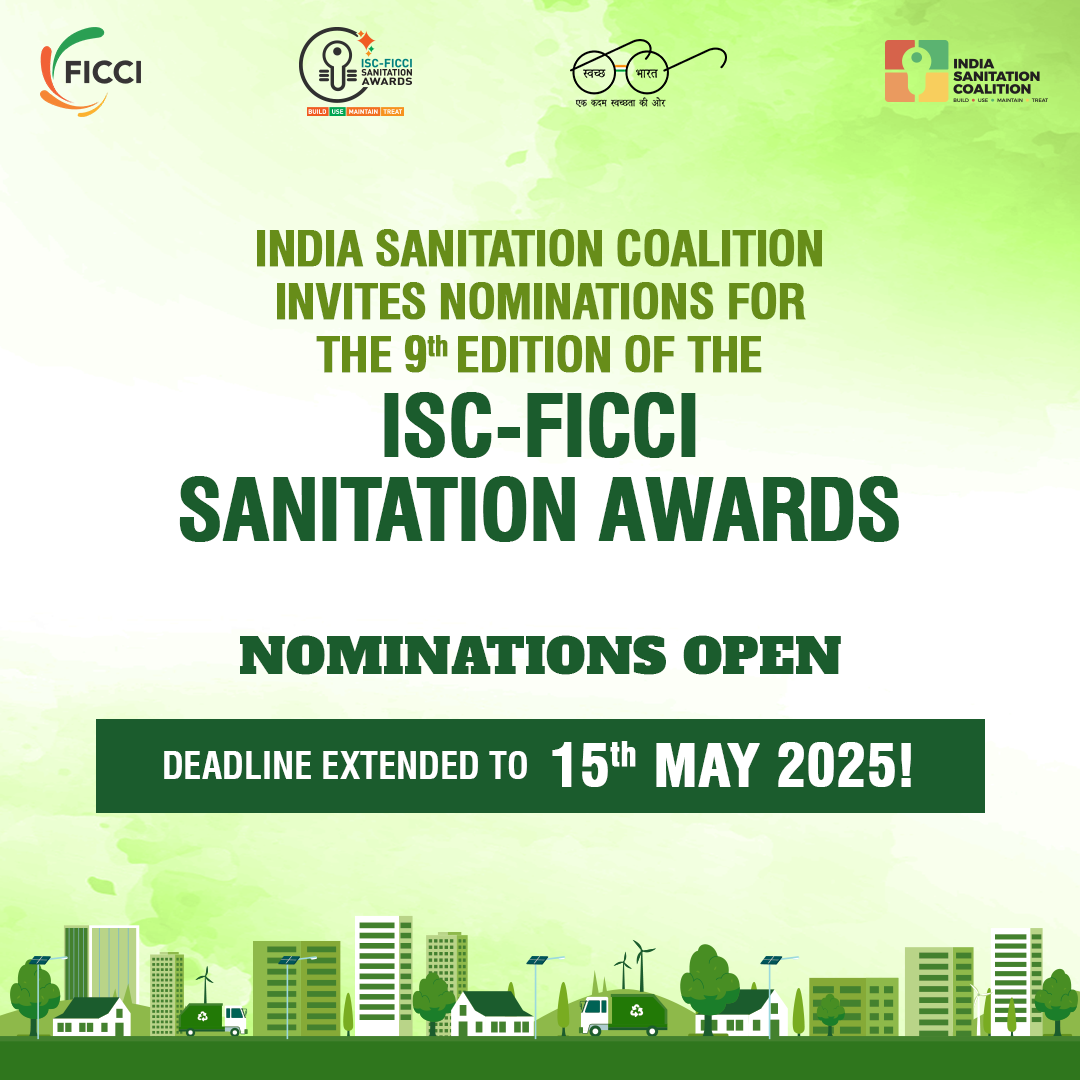BUMT
India Sanitation Coalition believes in the philosophy of safe and sustainable sanitation for all. The four phases of such safe and sustainable sanitation are Build, Use, Maintain and Treat or BUMT in short.
We are keen to involve many more partners to expand the knowledge base and the reach in the sanitation sector. If you are working in the Sanitation sector and would like to come together to support the country's Swachata Abhiyan (Clean India Mission),come join us!
Build
The key step in the sanitation movement is building enough toilets for it to be convenient for everyone. It is the most practical way of discouraging open defecation. If enough toilets are made available in the nooks and crannies of the country, most people would prefer going to a private toilet to relieve themselves. Roughly half of the rural population are estimated to lack proper access to sanitation, which leads to an alarming number of diseases along with it being a dehumanizing experience. Building well-functioning toilets in the rural areas is a quintessential step towards a sanitary country.
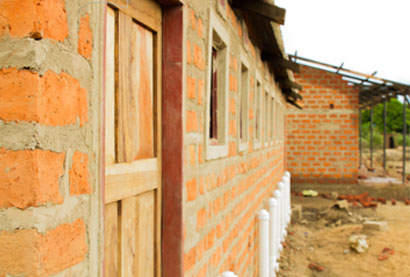
Use of Toilets
Introducing a new concept always takes some getting used to. Just building some toilets is surely a huge leap; however, it is equally crucial to initiate them to the idea of using the toilet. There should be a unit which can answer any queries and address any confusion regarding the usage of the lavatory. Showcasing how to use it properly is mandatory, as very few people will openly come in, wanting to know how to use a toilet, and avoid using it instead. Proper knowledge and instructions will warm them towards the idea of using the toilet eventually.
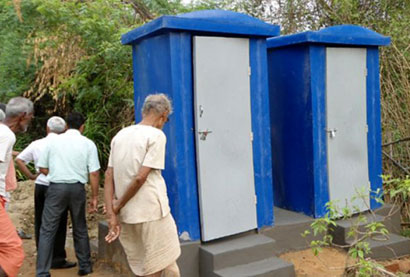
Maintain
Keeping the toilets in a sanitary condition is a daily practice and it is important not to wait for a major problem to arise and keep it clean and maintained as a regular exercise. The people using the toilets should be adequately trained to take responsibility for cleaning the place after each usage. Giving them the accountability will encourage them to clean up after themselves and will help them steer away from any extreme cleanliness issue later on. Having maintenance unit will also greater benefit the toilet users, encouraging them to continue using the toilets for longer.
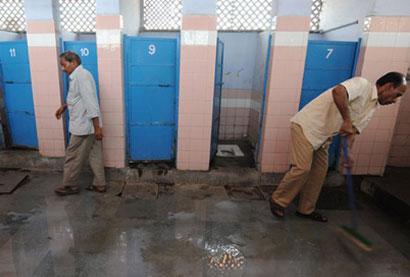
Treatment
When things are no longer in a state to be maintained, special treatments need to be used to revive them to the former condition. If a toilet is used by multiple people, especially in case of public toilets, the toilets might have to be treated by professionals more often than usual. Be it unclogging the toilet or other plumbing issues; the treatment needs to done as soon as an alert is raised so that the people using the toilets might steer to their old ways if their toilets are no longer usable.
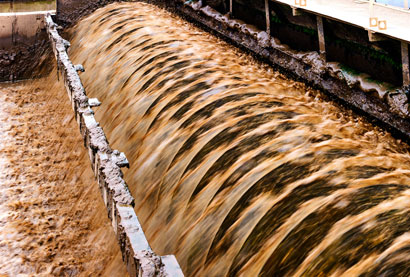
The national sanitation and hygiene programs through the years have steadily gained momentum and brought in the wind of change due to Swachata Abhiyan. People now are more aware than ever. More and more toilets have been built through the years, and the need for proper maintenance has been addressed with Swachh Bharat Urban (SBM Urban). But, the journey to attain sustainable sanitation doesn't end here. Though a significant part of the country is declared ODF free, the concern now shifts to maintaining that status in the rural area with Swachh Bharat Gramin (SBM G).
For a persistent change, the focus has to be on behavioural adjustments. Implementing the BUMT design and encouraging the citizens to engage are affirmative steps in achieving sustainable sanitation. Once people understand their responsibility and hold themselves accountable to maintain cleanliness, the Swachh Bharat Mission (SBM) will be accomplished, and best hygiene and sanitation practices will be propagated further.
Frequently asked questions about
Swachh Bharat Abhiyan (Clean India Mission)
- Cleanliness and tourism - Both the parameters go hand in hand together. Foreign tourists are very particular about clean location and environment thus, a movement like Swachh Bharat Abhiyan helps in creating better places so that both foreign and domestic tourists can travel around with ease.
- Health - When any public place is dirty and not maintained, the health of people around gets affected. Dingy places lead to the spreading of diseases and even epidemics. Swachh Bharat Abhiyan plays an instrumental role in cleaning the public places and thus, put a barricade to the probabilities of diseases.
- Social awareness - Ever since, the mission was launched, several people associated themselves and contributed in the most efficient manner they could. This has brought a huge development in the social landscape of the country. People have become responsible over a period of time and a change can be seen in people on a day to day basis. This is the kind of change that our nation wants.
- Technology up-gradation: The government has embraced a humongous amount of Innovations and technology in various facets of the mission, which has helped achieve the desired target. Be it sanitation to the cleaning of roads, management of waste, accessing the progress of different states/cities or local bodies under Swachh Bharat Mission (SBM), encouraging people about cleanliness, and more, the best use of technology has been made to achieve the impossible. It encourages cost-effective and appropriate technologies for ecologically safe and sustainable sanitation.
- Improves Productivity: A healthy society and the development of the country are interrelated. The health of individuals influences productivity at the workplace. So when the workforce is healthy, A healthy person can work thereby contributing to the GDP of the nation
- Attract Foreign Direct Investment (FDI): FDI from a foreign firm is an essential source to grow economically and raise employment. The cleanliness drive helped Singapore to get more FDIin 1977-87 and transformed into a developed country quickly. Similarly, the Swachh Bharat Mission (SBM) may assist in increasing FDI in India to speed up the development.
- The urban municipalities and residents’ welfare associations in cities would benefit hugely if such systems are put in place. Such measures can facilitate creating clean community systems responsible for keeping neighborhoods clean.
- More than the construction of thousands of toilets by giant companies as their CSR activity, It is the behavioral change in people that will make the difference. And a more holistic approach towards it is also being looked up to.
- We know how tourism adds to the economy and adds to employment. A genuine effort at hygiene and sanitation can bring about a paradigm shift in the country’s global perception so this movement has to be an ongoing process that is practiced by each one of us every day irrespective of sections, regions, or cultures we belong to.
- Swachh Bharat Abhiyan aims to accelerate the efforts to achieve universal sanitation coverage. It is also aimed at removing dirty water from our surroundings because it gives rise to dirty smells and mosquitoes which is a big reason for causing diseases.
- Swachh Bharat Abhiyan plays a key role in providing a better environment and health to the citizens. Through this cleanliness campaign, proper waste management practices will be implemented like hygienic disposal, reuse, and recycling of the municipal solid wastes.
Under the mission, all villages, Gram Panchayats, Districts, States and Union Territories in India declared themselves "open-defecation free" (ODF) by 2 October 2019, the 150th birth anniversary of Mahatma Gandhi, by constructing over 100 million toilets in rural India.
To ensure that the open defecation free behaviours are sustained, no one is left behind, and that solid and liquid waste management facilities are accessible, the Mission is moving towards the next Phase II of SBMG i.e ODF-Plus. ODF Plus activities under Phase II of Swachh Bharat Mission Gramin will reinforce ODF behaviours and focus on providing interventions for safe management of solid and liquid waste in villages.
The objectives of the SBM Urban are mentioned below:
- Elimination of open defecation.
- Eradication of Manual Scavenging
- Modern and Scientific Municipal Solid Waste Management
- To effect behavioral change regarding healthy sanitation practices
- Generate awareness about sanitation and its linkage with public health
- Capacity Augmentation for ULB’s
- To create an enabling environment for private sector participation in Capex (capital expenditure) and Opex (operation and maintenance)
- Construction of individual, cluster and community toilets.
- To eliminate or reduce open defecation. Open defecation is one of the main causes of deaths of thousands of children each year.
- Not only latrine construction, the Swachh Bharat Mission (SBM) will also make an initiative of establishing an accountable mechanism of monitoring latrine use.
- Public awareness will also be provided about the drawbacks of open defecation and promotion of latrine use.
- Proper, dedicated ground staff will be recruited to bring about behavioural change and promotion of latrine use.
- For proper sanitation use, the mission will aim at changing people’s attitudes, mindsets and behaviours.
- Villages to be kept clean with Solid and Liquid Waste Management
- Solid and liquid waste management through gram panchayats
- To lay water pipelines in all villages, ensuring water supply to all households by 2019.
- To make India Open Defecation Free (ODF) India by 2019, by providing access to toilet facilities to all.
- To provide toilets, separately for Boys and Girls in all schools by 15.8.2015.
- To provide toilets to all Anganwadis
- Bring holistic improvement in the basic quality of life in all rural and urban geographies by promoting hygiene, cleanliness, and eradicating open defecation.
- Enhancing the level of sanitation coverage in all the rural and urban areas.
- 18% people stated that the public toilets in their cities have improved after Swachh Bharat
- 32% people believe that Swachh Bharat has made the students aware of cleanliness and overall civic sense
- 22% believe that municipalities have become more responsive to complaints regarding garbage collection, and street cleaning
- 50 lakh household toilets have been constructed in the country
- The ‘Swachhta App’ (A mobile app developed by the government) has recorded 8.1 million users and 13.1 million complaints, among which about 90% are resolved, according to the ministry
